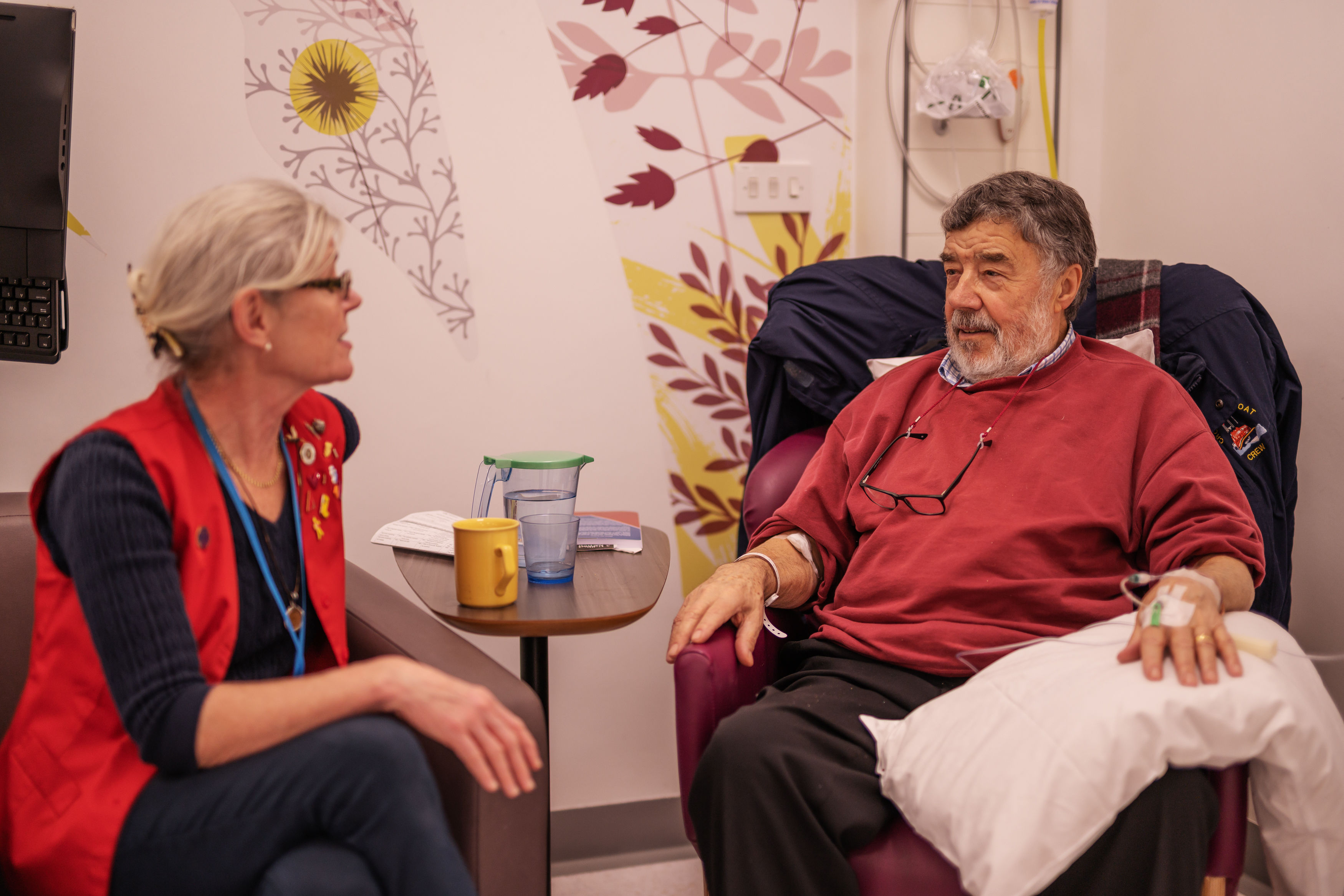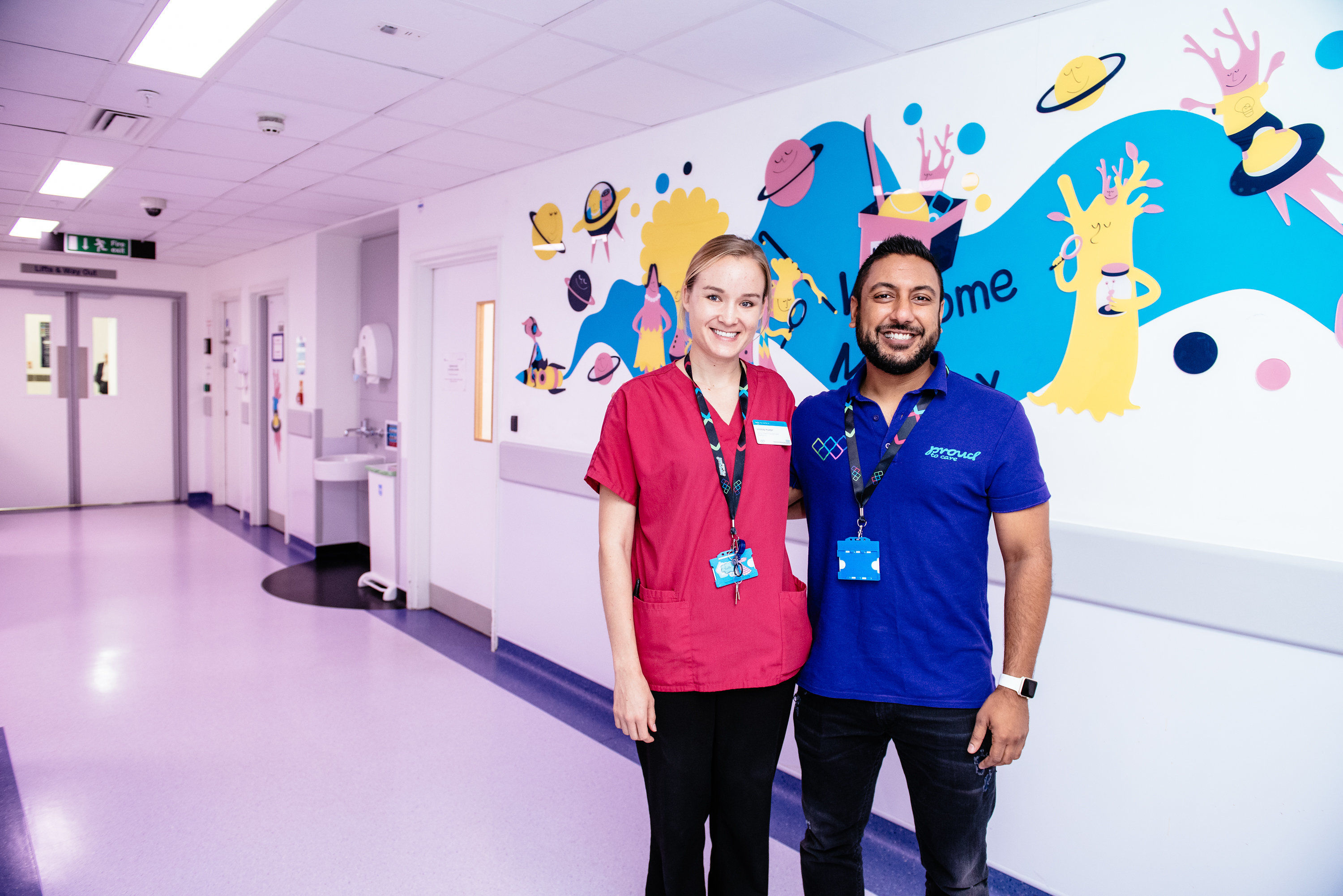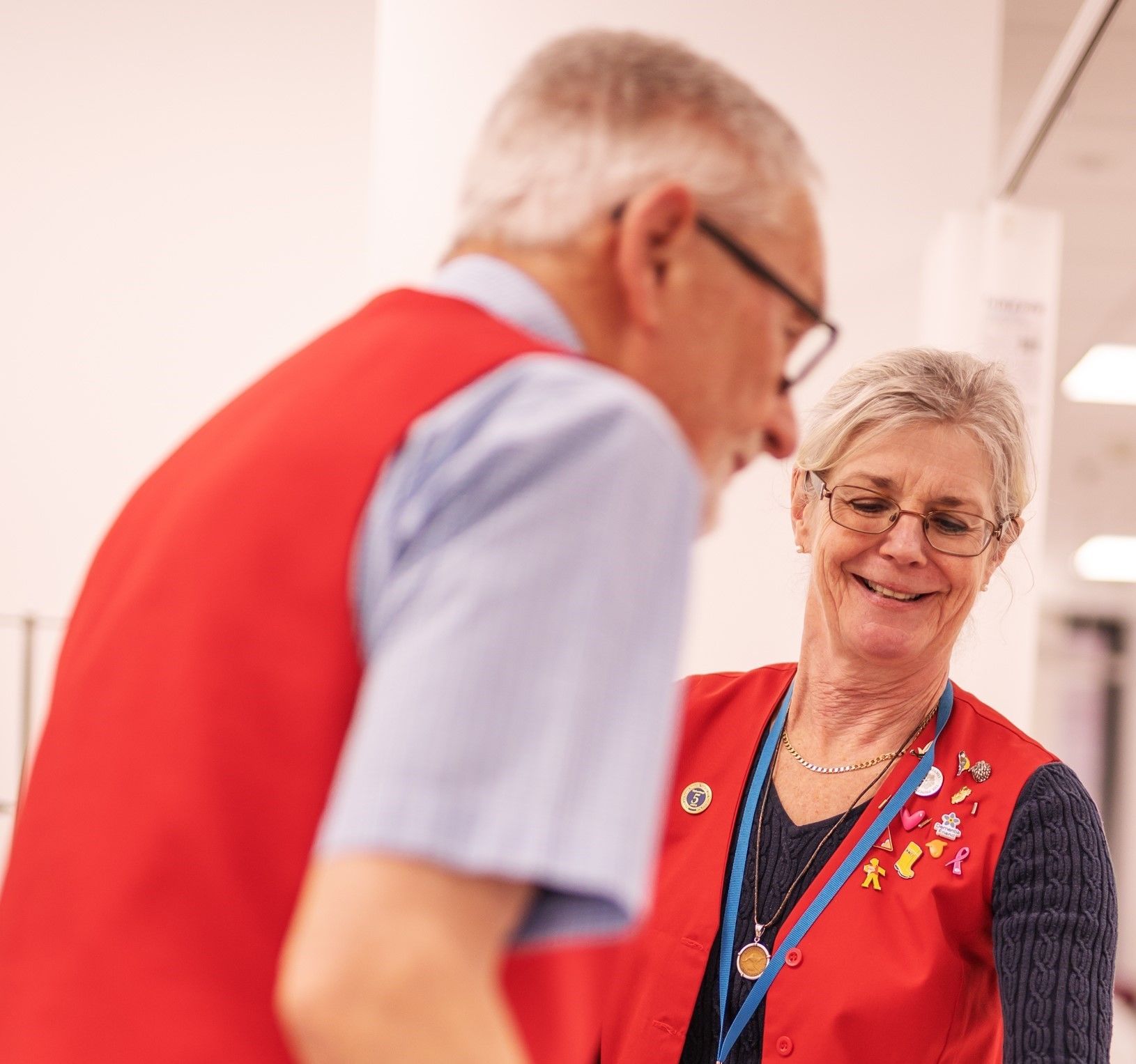How we can help you to identify volunteering opportunities
We work with healthcare leads and VCSE professionals to identify ways in which volunteers can be integrated into the patient health and social care pathway. This can lead to rethinking and remodelling services to incorporate local volunteers.

We spend time with you to focus on the challenge that needs addressing, and together we create insight into the size of the volunteer potential and where to add value. We identify ways to measure their impact on patients, staff and the volunteer themselves.
Mark Lever, Helpforce CEO
Adding value
We bring insight from other Trusts and systems and tailor volunteering opportunities to meet the challenges currently being faced. We support volunteer leaders to embed volunteers into the care pathway where they can add the most value. For example:
COVID response volunteer - suite of transferable roles developed with NHSE for the Covid response
Mealtime companions - trained volunteers supporting nutrition and hydration of patients
Response volunteer - assisting with numerous non-clinical tasks across the hospital site
Phone bank volunteer - appointment reminders and information, befriending and reassurance for patients
Staff support volunteers - providing trained counselling support to staff ( Project Wingman)
Critical care support volunteer - compassionate support for critically ill patients, liaising between staff and family members
Ward helper volunteer - support for multidisciplinary teams on inpatient wards
Discharge service volunteers - trained drivers and settling in at home volunteers
Fitness and mobility volunteers - Trained volunteers providing pre and post op mobility therapy
Volunteer to career programme - A programme delivering specific roles for which recruitment is often challenging(A&E, AHP, Mental health, Health Visiting)

Our approach
In taking an integrated approach to involving volunteers, we first need to explore the problem and needs across the Voluntary, Community & Acute Trusts and Adult Social Care sectors.
- Create insight - about where volunteers exist across the pathway to reflect the true capacity of the system
- Utilise volunteers - across the pathway draw a picture of how volunteer’s expertise and availability is being used. Complemented by interviewing stakeholders across the organisations including volunteers to understand how they should be used better.
- Map the gaps - where volunteers could add value to improve patients flow and experience across the pathway
- Explore suitable solutions - bring insight from around the country on high impact volunteering roles, what works and what doesn't.
- Identify opportunities - opportunities that free up time for professionals to prioritise growing post-Covid pressures and needs. For instance how to enable volunteers to follow patients as they move across the different organisations.
What we will produce with you
- Volunteer pathway map across the acute trust, capacity assessment and gap analysis
- Recommendations on where volunteers can add value and complement the workforce
- Recommendations on how benefits could be realised
Indicative timeline
Weeks 1&2 - Identify local voluntary sector partner(s) & set out initial insights (Five days)
Weeks 3&4 - Interview key stakeholders to explore opportunities (Three days)
Week 5 - Complete current capacity map and improvement suggestions (Two days)
Week 6 - Create and share recommendations (Two days)

